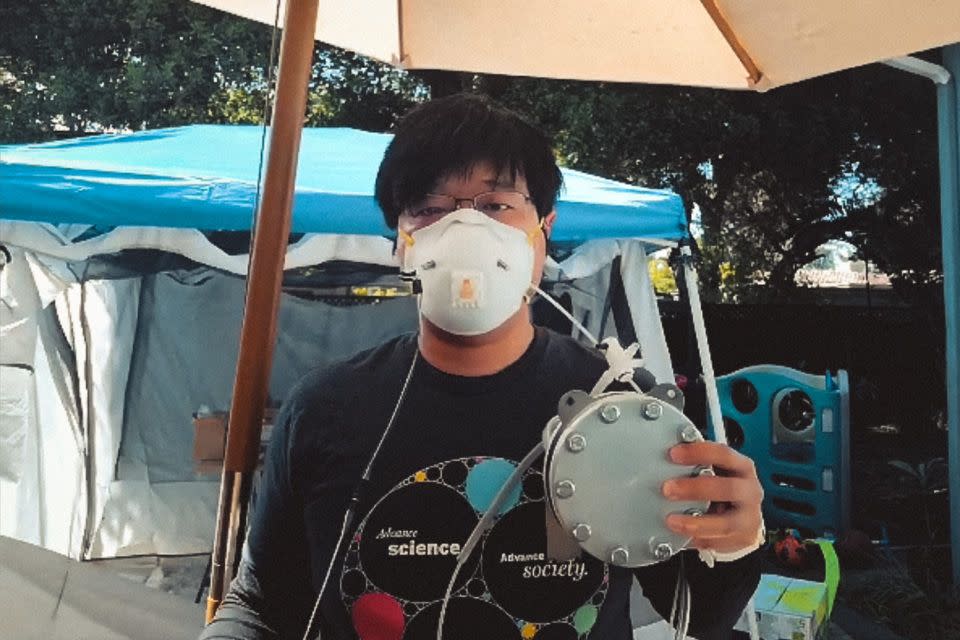These Engineers Just Solved the Biggest Problem with N95 Masks

As the majority of the U.S. population embraces N95 respirators and cloth masks, people with pre-existing respiratory issues are at a crossroads.
Do they don the masks to protect themselves and others from COVID-19 (coronavirus), or do they risk possibly permanently damaging their lungs due to oxygen restriction while wearing the protective covering?
Mechanical engineers at Stanford have come up with a solution: N95 masks that protect from viruses and other microparticles, but also circulate oxygen.
For a majority of the U.S. population, cloth masks and N95 respirators are foreign accessories. Strapping them on for the very first time amid the COVID-19 (coronavirus) pandemic can be an uncomfortable experience. In some cases, wearing the masks can even be downright dangerous. A November 2015 study, for example, suggests pregnant health care workers should think twice about wearing an N95 mask.
But protective face coverings are quickly becoming mandatory in states like New Jersey and Maryland, where the virus is rampantly spreading. Enter Stanford mechanical engineers John Xu and Friedrich "Fritz" Prinz, who have re-engineered the N95 face mask to counteract oxygen deficiencies.
"Through the COVID-19 crisis, many have become familiar with N95 masks, which filter out 95 percent or more of small particulate matter from the air–including the virus," Xu said in a press statement. "But in filtering those particles, the mask also makes it harder to breathe. N95 masks are estimated to reduce oxygen intake by anywhere from 5 to 20 percent. That’s significant, even for a healthy person."
Not only can the masks cause dizziness and lightheadedness, Xu said, but they can also damage the lungs. For patients who already have respiratory complications, wearing a mask could be life-threatening. Then again, without a mask, heading out in public to stock up on groceries could also be a death sentence.
To solve this dilemma, Xu and Prinz are working on what they call "oxygen enrichment."
The two scientists regularly work on fuel cells for next-generation automobiles, so they're familiar with trying to achieve high levels of oxygen in a concentrated flow. In combustion and electrochemical fuel conversion, for example, high levels of oxygen are required to burn things. But because ambient air is really only 21 percent oxygen, it's necessary to isolate and concentrate the oxygen. In the case of face masks, Xu and Prinz have a goal to develop a portable device that can enrich oxygen from the surrounding air.

That work is currently underway, and Xu and Prinz are experimenting with a few separate ideas. One is the concept of splitting water: When you run an electrical current through water, the additional electrons cause the water molecules to split back up into pure oxygen and hydrogen atoms. The hydrogen can be used as fuel and the oxygen can recirculate through the mask.
The second approach involves moving oxygen-containing anions (negatively charged atoms) through a membrane to isolate oxygen on one side so that it can be directed back into the mask. Currently, Xu and Prinz have a prototype that's essentially a small box worn at the waist, with a tube extending up toward the face mask.
"We are targeting this to anyone who has to wear a mask for the long term: first responders, doctors, nurses and even patients who don’t want to infect others," Xu said. "In the near term, we hope to get these [to] healthcare workers as soon as possible."
You Might Also Like

